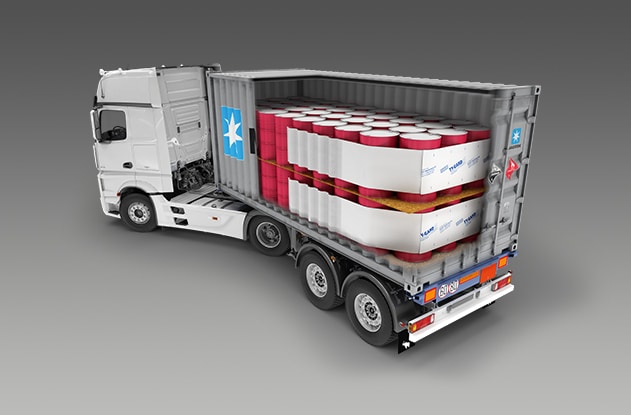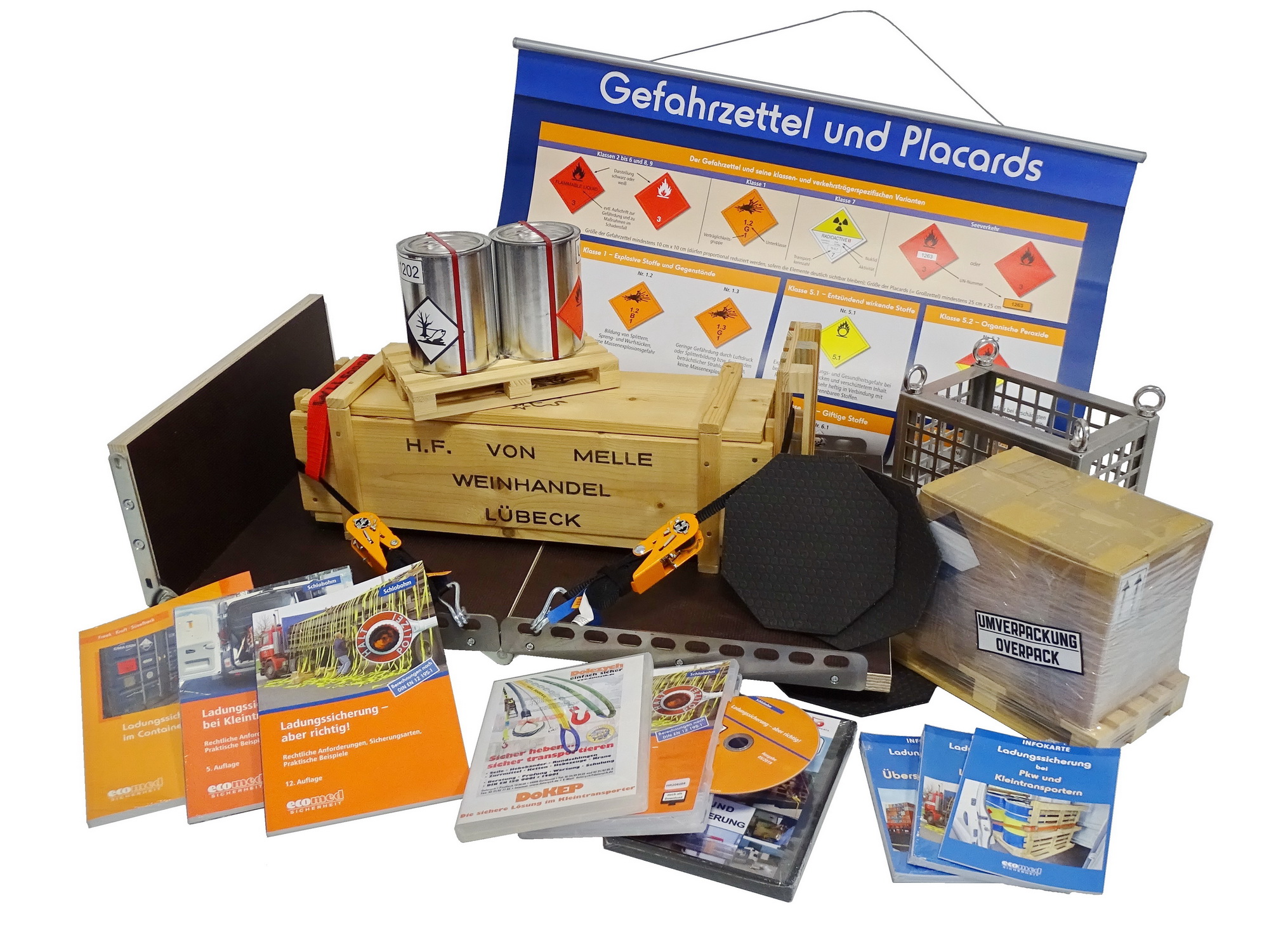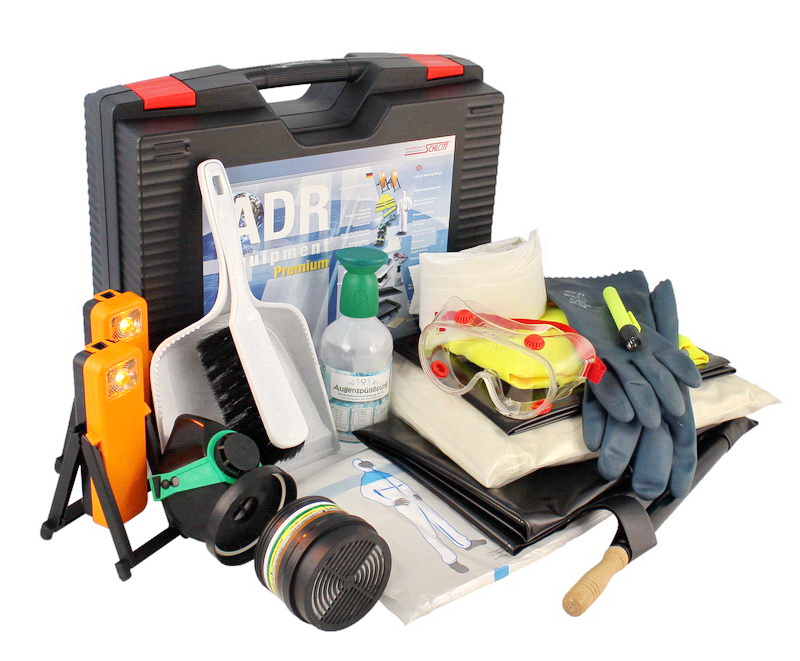Product number:
400524
Product information "Poster ‘Dispatch of infectious substances class 6.2’"
You must pay attention to this when transporting contagious (infectious) substances
- Class 6.2!
Substances that are known or suspected to contain pathogens (e.g. bacteria, viruses, parasites) that can cause infectious diseases in humans or animals are assigned the following UN numbers depending on their infectiousness: UN 2814, UN 2900, UN 3291, UN 3549 or UN 3373. Contaminated articles may also belong to class 6.2.
Accordingly, such substances and articles must be shipped by post in accordance with the ‘Regulations for the carriage of dangerous substances and articles’.
The poster shows at a glance what needs to be taken into account for packaging, labelling and marking for shipping as road or air freight. The regulations for certain groups of infectious substances and dry ice are clearly presented:
- Contagious substance of category A (UN 2814 / UN 2900), e.g. Lassa, Ebola, polio, rabies virus (WHO risk group 4) and cultures of certain pathogens of WHO risk group 3
- Biological substance of category B (UN 3373), i.e. all potentially infectious samples (blood, excretions, tissue, secretions) from humans or animals that are transported for diagnostic, examination or research purposes, for example
- Exempted (veterinary) medical samples: Samples taken from humans or animals (patient samples) that are minimally likely to contain pathogens
- Medical or clinical waste (UN 3291): Wastes resulting from veterinary treatment of animals, medical treatment of humans or biological research
- Refrigerant dry ice or carbon dioxide, solid (UN 1845)
Translated with www.DeepL.com/Translator (free version)





